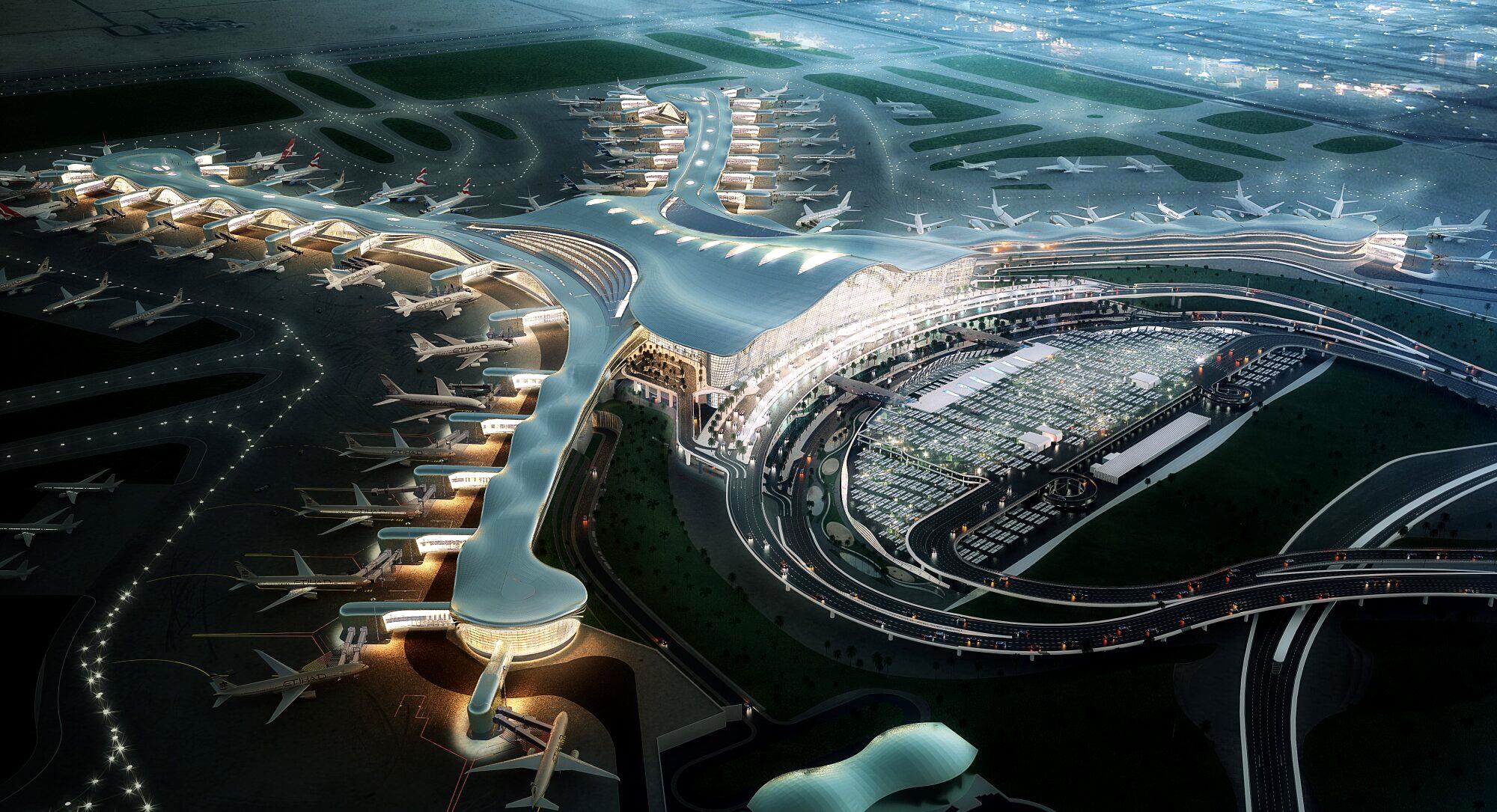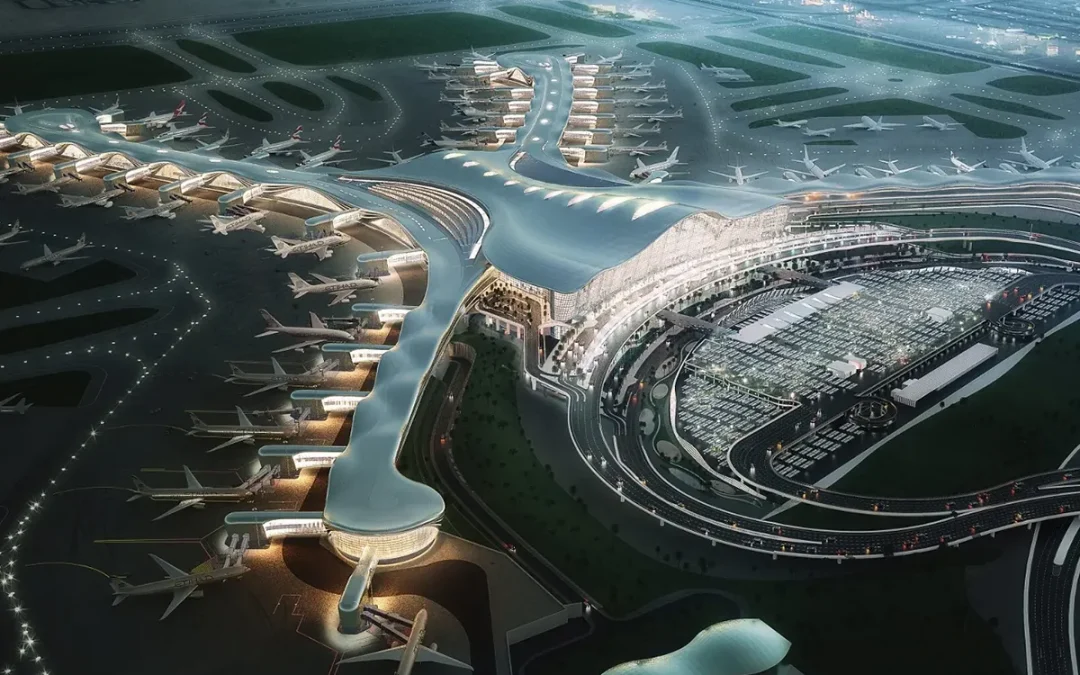This article is reviewed regularly by Wego’s editorial team to ensure that the content is up to date & accurate.
Updated March 2024
Six years after its original intended debut, the much-awaited Terminal A, previously known as Midfield Terminal at Abu Dhabi International Airport, opened last November 2023.
Wego has gathered the latest updates on Terminal A Abu Dhabi. Read further to learn more.
Table of Contents
Terminal A Abu Dhabi overview
Abu Dhabi Airport, also known as Zayed International Airport, opened its Terminal A in November 2023, boasting an impressive array of modern amenities designed to enhance the comfort and satisfaction of passengers. With the capacity to accommodate 45 million passengers per year and up to 79 aircraft at a time, this terminal sets a new standard for aviation hubs in the region.
Designed with sustainability in mind, the terminal features energy-efficient lighting, advanced HVAC systems, and a solar photovoltaic system on its car park roof, demonstrating its commitment to environmental responsibility. In addition to its state-of-the-art facilities, Zayed International Airport– Terminal A welcomes a diverse range of airlines, including Wizz Air Abu Dhabi, IndiGo, Air India Express, and many more. Notably, Etihad Airways has been relocated to this new facility, further enhancing the airport’s status as a key aviation hub in the Middle East.
With its modern amenities, commitment to sustainability, and diverse airline offerings, Termina A promises a seamless and enjoyable travel experience for all passengers.
Terminal A Abu Dhabi facts and figures
According to the Abu Dhabi Airport website, given below are some facts and figures about the Abu Dhabi Terminal A:

© One Mile at a Time
At a glance
- Terminal A is the largest in Abu Dhabi and is visible from more than 1.5 kilometers away.
- the Abu Dhabi Terminal A is expected to see 45 million passengers per year, with a capacity of handling up to 11,000 passengers per hour.
- the airport has 79 aircraft gates.
- the minimum connection time will be 45 minutes, including baggage transfer.
- there are 8 A380 boarding gates.
- there are 156 check-in counters and 48 self-service kiosks in the Terminal A.
- the airline lounges area spans 35,000 square meters.
- there will be 28,000 square meters of retail and food & beverage space.
- the terminal has 4,300 CCTV cameras for security purposes.
- the terminal features 27 kilometers of long baggage handling system capable of processing over 19,000 bags per hour.
- a total of 145 lifts and 46 travelers will be at the terminal.
- the terminal can accommodate 3,400 cars in short-term covered parking and 1,500 cars in long-term parking.
Architectural & construction
- inside the terminal is 742,000 square meters of internal space.
- the central terminal space can easily fit 21 football fields.
- the terminal has a roof span of 319 meters at the widest point, which is almost twice as wide as Heathrow Terminal 5 at 160 meters.
- the ceiling height is 52 meters at the highest point.
- the terminal is built with 275,000 square meters of aluminum cladding and 115,000 square meters of external glazing.
- the terminal is also built using 600,000 cubic meters of concrete, 325,000 square meters of stone flooring, 7,425 foundation piles and 69,000 tonnes of structural steel.
- Terminal A has one of the world’s largest arches spanning 180 metres across, that is, 20 metres wider than the largest arch span at Heathrow Terminal 5.
Sustainability
- the terminal was awarded a three-pearl design rating from the Estidama Pearl Building Rating System (PBRS) by the Abu Dhabi Urban Planning Council (APC).
- Terminal A building is the largest singular building ever to be rated globally by the Estidama Pearl Building Rating System (PBRS), making it the highest-rated airport terminal in the GCC.
- Terminal A can achieve and maintain a reduction in water consumption of 45 percent over a comparative baseline case.
- Terminal A saves 5,300 tonnes of carbon emissions per year, which equates to emissions from 1,060 vehicles (average family usage) for 12 months.
- a minimum of 70 percent of the terminal’s construction waste will be diverted from landfills during the construction phase.
- in addition to recycled materials, the terminal’s use of regional materials has reduced the use of fossil fuels for construction by reducing transportation needs.













